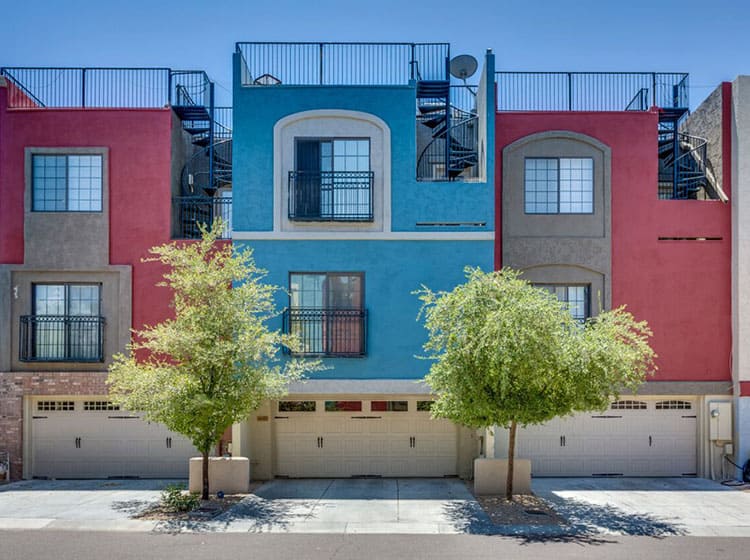Seasonal Considerations For Business Outside Paint: What You Need To Know
Seasonal Considerations For Business Outside Paint: What You Need To Know
Blog Article
Write-Up Created By-Ford Browne
When you're planning a commercial external paint task, seasonal variables can make or break your outcomes. You'll want to think about just how temperature and moisture impact paint application and drying times. Picking the appropriate season can ensure your paint adheres correctly and lasts much longer. However which seasons are absolutely the best for this kind of job? Let's discover the key elements that can influence your task's success.
The Impact of Temperature on Paint Application
When you're intending a commercial exterior painting job, the temperature can substantially impact exactly how well the paint adheres and dries.
Ideally, you intend to paint when temperature levels vary between 50 ° F and 85 ° F. If it's also cold, the paint may not heal properly, bring about issues like peeling off or breaking.
On the other hand, if it's as well warm, the paint can dry as well rapidly, avoiding appropriate bond and resulting in an unequal finish.
how to remove latex paint from paint brush must also think about the moment of day; early morning or late afternoon provides cooler temperature levels, which can be a lot more positive.
Always inspect the supplier's recommendations for the certain paint you're using, as they frequently give assistance on the optimal temperature array for optimal outcomes.
Moisture and Its Result on Drying Times
Temperature isn't the only ecological factor that influences your industrial external painting job; moisture plays a significant function too. High moisture degrees can decrease drying out times considerably, influencing the general high quality of your paint job.
When the air is filled with dampness, the paint takes longer to heal, which can bring about problems like bad bond and a greater threat of mildew development. If you're repainting on an especially moist day, be prepared for extensive delay times in between coats.
It's vital to keep an eye on local weather and plan as necessary. Ideally, aim for humidity degrees in between 40% and 70% for ideal drying.
Maintaining these factors in mind guarantees your task stays on track and delivers a long-term coating.
Best Seasons for Commercial Exterior Painting Projects
What's the very best time of year for your business external painting jobs?
Spring and early autumn are usually your best bets. During these periods, temperature levels are light, and moisture levels are often reduced, developing suitable conditions for paint application and drying out.
Stay clear of summertime's intense heat, which can cause paint to dry too rapidly, bring about poor bond and surface. Similarly, winter season's cool temperatures can hinder proper drying out and treating, taking the chance of the longevity of your paint job.
Go for days with temperatures between 50 ° F and 85 ° F for ideal outcomes. Remember to check the regional weather report for rainfall, as wet conditions can spoil your task.
Preparation around these elements ensures your paint job runs smoothly and lasts longer.
Conclusion
To conclude, planning your commercial exterior painting tasks around seasonal factors to consider can make a substantial distinction in the outcome. By https://nextluxury.com/home-design/living-room-paint-ideas/ throughout the excellent temperature levels and humidity levels, you'll guarantee better bond and drying out times. Remember to watch on regional weather forecasts and select the correct time of year-- spring and early autumn are your best choices. Taking these actions will certainly help you achieve a sturdy and professional finish that lasts.
